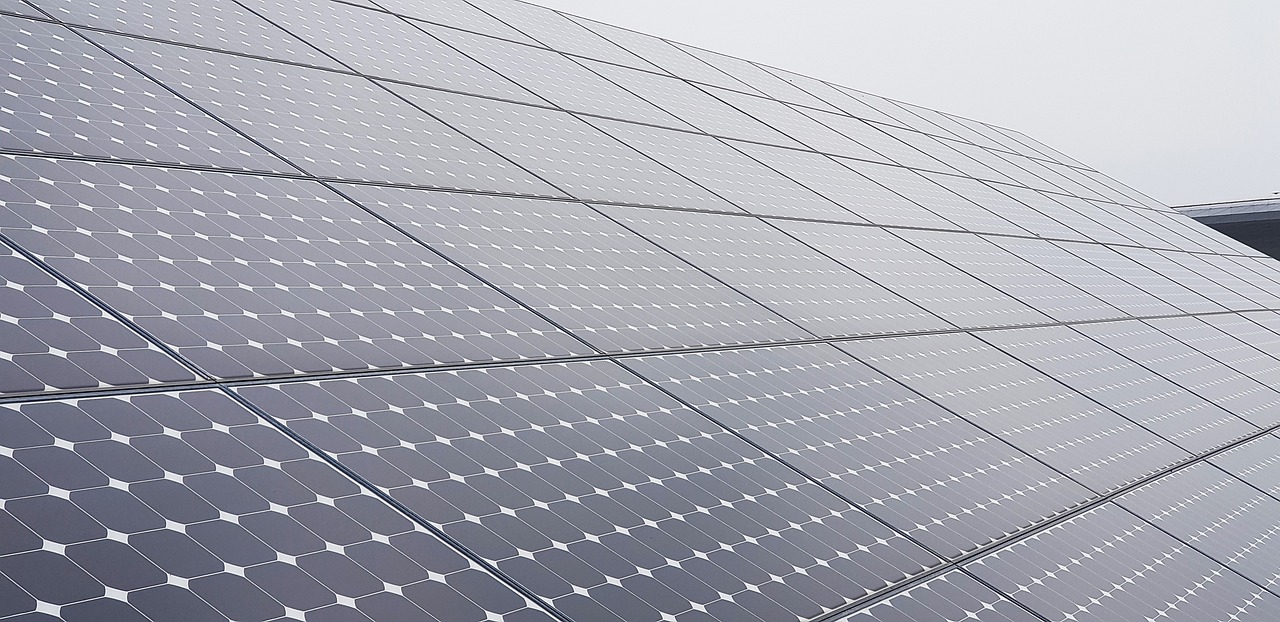When considering the transition to renewable energy, many homeowners wonder about the specific requirements for installing solar panels. The question “How many solar panels are needed to power a house?” is a common and significant one. This article delves into the factors that influence this number, providing a comprehensive guide to understanding your solar energy needs.
Determining Your Energy Consumption
The first step in figuring out how many solar panels you need is to assess your household’s energy consumption. Typically, this is measured in kilowatt-hours (kWh). The average American home uses about 877 kWh per month, which equates to around 10,522 kWh per year. To find your specific usage, you can check your electricity bills over the past year and calculate the average.
Solar Panel Output
Solar panels are rated by the amount of DC (direct current) power they produce under standard test conditions. The most common ratings for solar panels are between 250 and 400 watts. The output of a solar panel also depends on factors such as:
- Geographical Location: Sunlight exposure varies greatly by region. For example, a home in Arizona will generate more solar power than one in Washington State due to higher sunlight exposure.
- Roof Orientation and Tilt: South-facing roofs with a tilt angle equal to your latitude generally perform best.
- Shading: Trees, buildings, or other obstructions can significantly reduce solar panel efficiency.
Calculating the Number of Panels
To estimate the number of panels required, you need to consider both your energy needs and the panels’ efficiency. Here’s a simplified formula to get you started:
Number of Panels=Total Annual kWh ConsumptionAnnual kWh Production per Panel\text{Number of Panels} = \frac{\text{Total Annual kWh Consumption}}{\text{Annual kWh Production per Panel}}Number of Panels=Annual kWh Production per PanelTotal Annual kWh Consumption
For instance, if you use 10,522 kWh per year and you have panels that produce 320 watts each, you first convert the panel wattage to annual kWh. Assuming an average of 5 peak sunlight hours per day:
Daily kWh Production per Panel=320 watts×5 hours/1000=1.6 kWh\text{Daily kWh Production per Panel} = 320 \text{ watts} \times 5 \text{ hours} / 1000 = 1.6 \text{ kWh}Daily kWh Production per Panel=320 watts×5 hours/1000=1.6 kWh
Annual kWh Production per Panel=1.6 kWh×365 days=584 kWh\text{Annual kWh Production per Panel} = 1.6 \text{ kWh} \times 365 \text{ days} = 584 \text{ kWh}Annual kWh Production per Panel=1.6 kWh×365 days=584 kWh
Number of Panels=10,522 kWh584 kWh≈18 panels\text{Number of Panels} = \frac{10,522 \text{ kWh}}{584 \text{ kWh}} \approx 18 \text{ panels}Number of Panels=584 kWh10,522 kWh≈18 panels
This is a rough estimate; real-world conditions can alter these numbers.
Real-World Examples
Consider a homeowner in Los Angeles with an annual consumption of 9,000 kWh. Given the sunny climate and using 300-watt panels, they might need:
Daily Production=300 watts×5.5 hours=1.65 kWh\text{Daily Production} = 300 \text{ watts} \times 5.5 \text{ hours} = 1.65 \text{ kWh}Daily Production=300 watts×5.5 hours=1.65 kWh
Annual Production=1.65 kWh×365 days=602.25 kWh\text{Annual Production} = 1.65 \text{ kWh} \times 365 \text{ days} = 602.25 \text{ kWh}Annual Production=1.65 kWh×365 days=602.25 kWh
Number of Panels=9,000602.25≈15 panels\text{Number of Panels} = \frac{9,000}{602.25} \approx 15 \text{ panels}Number of Panels=602.259,000≈15 panels
Alternatively, a household in a less sunny location like Seattle, with the same energy consumption, might require more panels due to lower sunlight exposure.
Additional Considerations
- Energy Efficiency Improvements: Before installing solar panels, consider enhancing your home’s energy efficiency. Upgrading insulation, windows, and appliances can reduce your overall energy consumption, thereby reducing the number of panels needed.
- Future Energy Needs: If you plan on adding new electrical appliances or an electric vehicle, factor these into your calculations.
- Battery Storage: Adding a battery storage system can help store excess energy produced during the day for use at night, reducing reliance on the grid.
- Incentives and Rebates: Investigate local, state, and federal incentives for solar installations. These can significantly reduce the initial investment and improve the return on investment.
Conclusion
Transitioning to solar energy is a smart move for both your wallet and the environment. By carefully assessing your energy consumption and understanding the factors that influence solar panel output, you can make an informed decision about how many solar panels you need to power your house. Remember, consulting with a professional solar installer can provide more precise estimates tailored to your specific situation.
Investing in solar panels is not just about the numbers; it’s about creating a sustainable future. So, take the time to evaluate your needs and make the switch to a cleaner, greener energy source.

